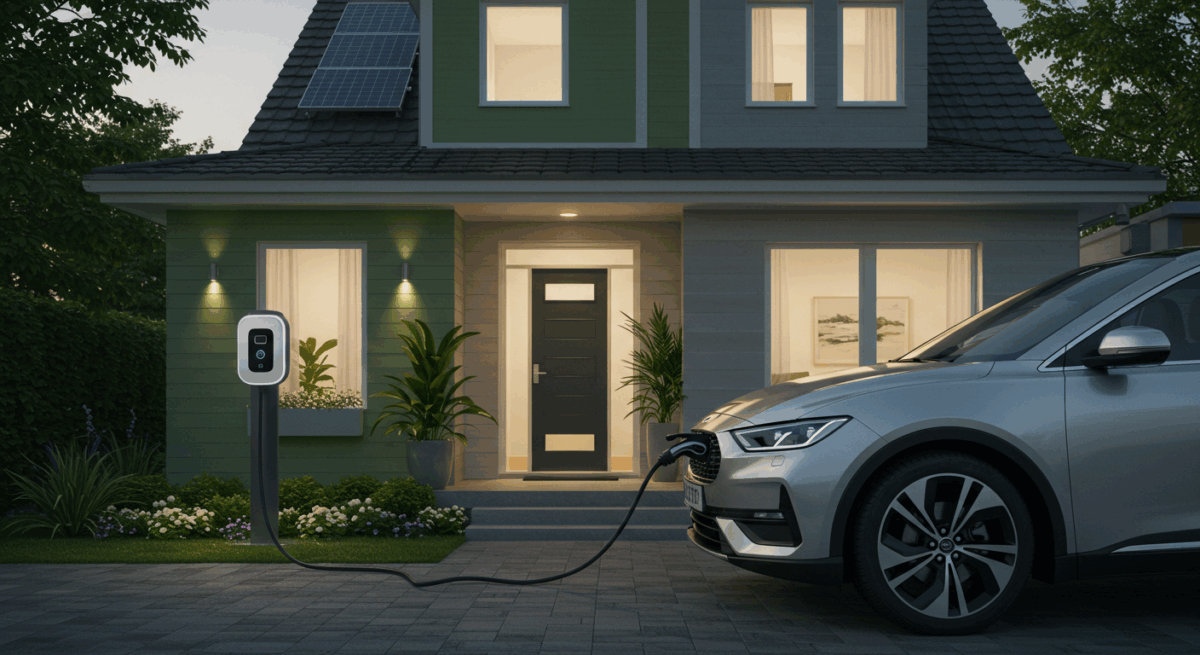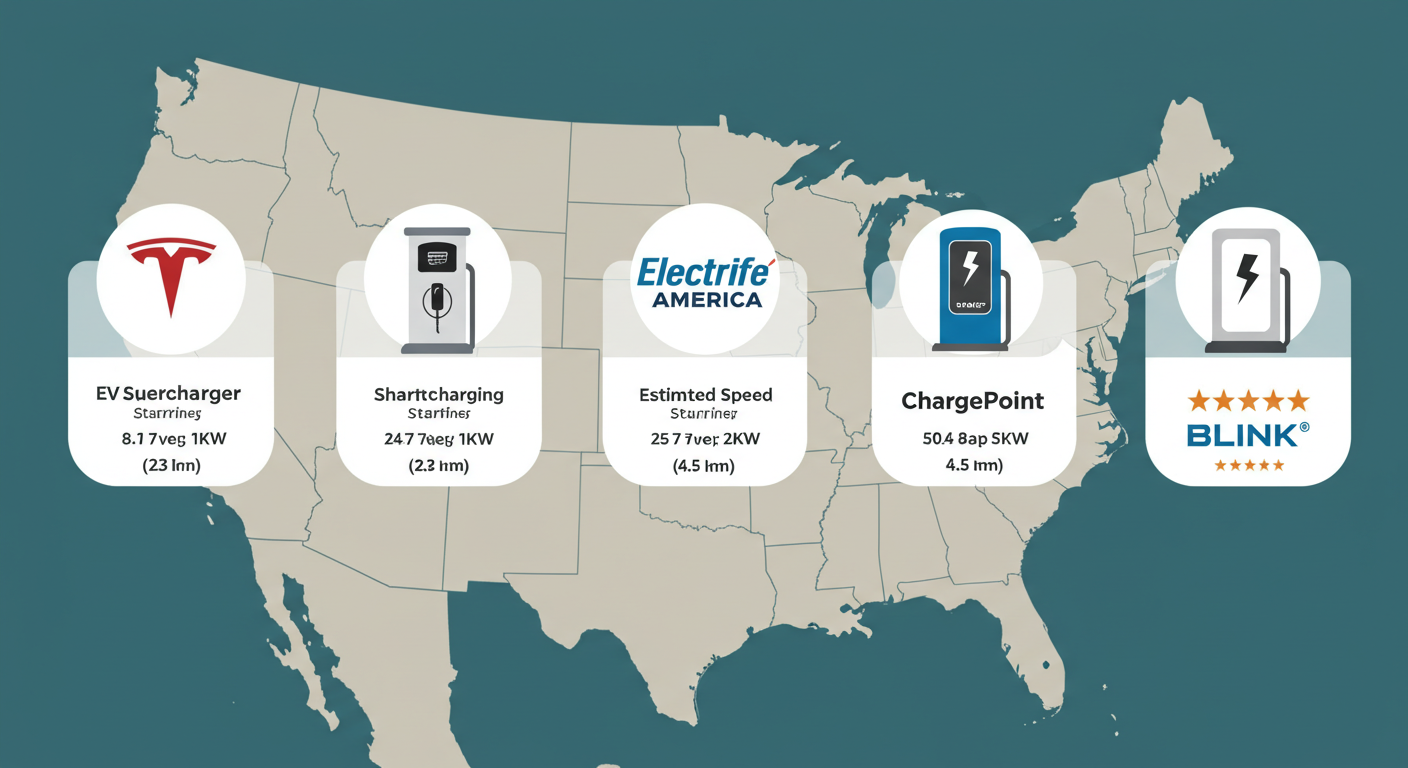Thinking about switching to an electric car? You’re not alone. With rising gas prices and more EV models than ever, drivers are making the jump to electric. But one of the first questions new owners ask is: how do you charge an electric car at home? Don’t worry—charging your EV at home is easier than you think, and it could save you time, money, and trips to the gas station.
In this guide, we’ll walk you through the basics of home charging, how it works, what you need, and how to make the most of your setup. Whether you’re already an EV owner or just considering the leap, here’s what you need to know.
Charging Basics: Level 1 vs. Level 2
There are two main ways to charge an EV at home: Level 1 and Level 2 charging.
- Level 1: This uses a standard 120-volt outlet—just like the one you plug your phone into. It’s super convenient but slow, typically adding 3–5 miles of range per hour. It’s best for overnight charging or for drivers who don’t travel far daily.
- Level 2: This setup uses a 240-volt outlet, like what a clothes dryer uses. It can fully charge most EVs overnight (around 25–40 miles of range per hour). While it requires professional installation, it’s worth it for faster charging.
Most EV owners start with Level 1 and upgrade to Level 2 for the convenience and speed.
What About Insurance for Home Charging?
Great question—and one that’s often overlooked. When setting up a charging station at home, your homeowner’s insurance might need to be updated. Installing a Level 2 charger could increase the value of your property slightly, and some providers require you to notify them of electrical upgrades.
Additionally, car insurance for electric vehicles can sometimes be a bit higher due to battery replacement costs, but many insurers now offer discounts for EV drivers, including incentives for at-home charging safety. It’s a smart idea to talk to your provider about any adjustments needed when switching to an electric car.
Choosing the Right Charging Station
Not all charging stations are created equal. Some plug directly into your wall, while others are hardwired by an electrician. When shopping, look for:
- Charging speed (measured in kW)
- Smart features (like scheduling or mobile app monitoring)
- Brand reputation
- Warranty support
Popular brands include ChargePoint, JuiceBox, and Wallbox. Depending on your local power company, you might qualify for rebates or tax credits for installing a station at home.
The Cost of Charging an Electric Car at Home
Charging at home is far cheaper than gas—on average, it costs $0.10 to $0.20 per kWh depending on your location and energy provider. That usually works out to around $5 to $10 to fully charge your car, compared to $40+ to fill a gas tank.
To reduce costs even more, consider charging during off-peak hours when electricity is cheaper (usually late at night). Many smart chargers can schedule charging automatically to take advantage of these lower rates.

Installation: DIY or Hire a Pro?
If you’re sticking with Level 1, no installation is needed—just plug in and go. For Level 2, though, it’s best to hire a licensed electrician. They’ll check your home’s electrical panel, install a 240V outlet (if you don’t already have one), and ensure everything meets local safety codes.
Installation costs range from $300 to $1,000, depending on your home setup. Some utility companies offer installation rebates, so be sure to check what’s available in your area.
Financing Your Electric Vehicle and Charging Setup
Switching to electric is a smart long-term investment, and thankfully, there are financing options to help ease the initial cost. Many banks and credit unions now offer EV loans that include funding for both the car and home charger installation.
Look for special green auto loans or EV-specific financing programs, which may include lower interest rates or deferred payments. Some dealerships bundle home charging incentives with the car purchase, so always ask what promotions are available.
You may also qualify for federal or state tax credits, which can significantly reduce your total cost.
Maintenance and Safety Tips
Home chargers are low maintenance, but you should inspect the cables and connections regularly for wear. Keep the area around your charging station clear, and avoid using extension cords or adapters, which can cause overheating.
Make sure to follow the manufacturer’s guidelines, especially regarding weather exposure—some chargers are indoor-only, while others are rated for outdoor use.
Final Thoughts: Charging at Home Is a Game Changer
Once you get used to charging your electric car at home, you’ll wonder why you didn’t do it sooner. It’s convenient, cost-effective, and gives you full control over your vehicle’s power needs. Whether you’re commuting, road-tripping, or just running errands, having your own at-home EV charger gives you peace of mind and flexibility.
If you’re still asking how to charge electric car at home, just remember: start simple, upgrade when ready, and enjoy the ride. The electric future is here—and charging has never been easier.




